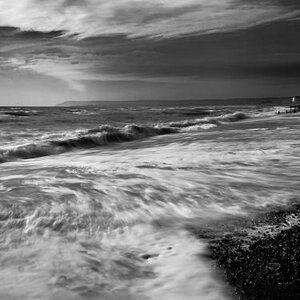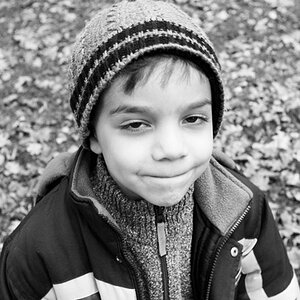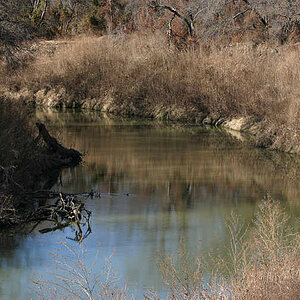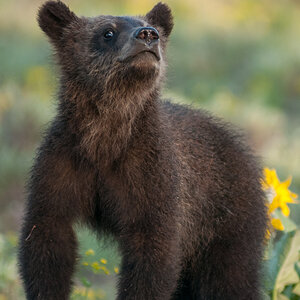Derrel
Mr. Rain Cloud
- Joined
- Jul 23, 2009
- Messages
- 48,225
- Reaction score
- 18,941
- Location
- USA
- Website
- www.pbase.com
- Can others edit my Photos
- Photos OK to edit
I think Canon's executives will cringe when they read the conclusions of a one-month long test and review from one of the web's most-respected authorities on sports journalism and education and training seminars, ROb Galbraith and his staff, including Mike Sturk, who side-by-side compared the Nikon D3s with the Canon 1D Mark IV.
Rob Galbraith DPI: An analysis of EOS-1D Mark IV autofocus performance
After a solid month's testing, largely with lenses calibrated by Canon, these are some of the conclusions the site reached:
"Add it all up and the conclusion is inescapable: the EOS-1D Mark IV has an AF system that is capable of greatness but is also so bewilderingly variable that there's no way to trust it, especially for outdoor sports. Indoors, EOS-1D Mark IV autofocus performance has been less variable, but our results from speedskating and basketball are simply not up to par. If this is the best the company could muster, after the autofocus debacle of the EOS-1D Mark III, then it's official: Canon has lost their autofocus mojo."
And, near the conclusion of the article:
"It's worth noting one other fundamental difference between the AF system in the D3S and that of the EOS-1D Mark IV. When Nikon focus is out, it doesn't tend to be way out. More often than not, peak action frames that are not perfectly focused aren't that blurry, making some of them still viable. That is, if you're of a mind that it's better to have a slightly soft frame of a great peak moment than a totally blurry one. The EOS-1D Mark IV, on the other hand, produces many more frames that are too soft to use for anything, no matter how sweet the moment."
"To sum up, our experience with the D3S' AF system is that it's trustworthy and dependable enough for us to be confident using it for peak action sports. Not perfect: it needs to be a bit faster off the line, in addition to the other quibbles we've mentioned. But it does work as needed most of the time, which is in stark contrast to the experience of the EOS-1D Mark IV in the last month."
For those who wish to actually SEE for themselves, the good and the bad, Rob is graciously hosting a huge collection of actual Canon 1D Mark IV files.
Rob Galbraith DPI: Seeing for yourself
Here, you can download apprx. 900 EOS 1D Mark IV files,shot with
EF 85mm f/1.8
EF 70-200mm f/2.8L IS (focus calibrated by Canon service)
EF 300mm f/2.8L IS (focus calibrated by Canon service)
EF 400mm f/2.8L IS (new and supplied by Canon USA; before shipping its focus was checked by Canon service)
EF 400mm f/2.8L IS (borrowed briefly to compare to Canon USA supplied 400mm)
EF 400mm f/2.8L II (used briefly to compare to newer IS version)
Nearly all of the downloadable pictures were captured with the calibrated EF 70-200mm f/2.8L IS, calibrated EF 300mm f/2.8L IS or focus checked EF 400mm f/2.8L IS. These large, high-quality photos are spread over 5 large zip files ranging from 176 megabytes to 868 megabytes, and 139 to 344 camera files in size.
Rob Galbraith DPI: An analysis of EOS-1D Mark IV autofocus performance
After a solid month's testing, largely with lenses calibrated by Canon, these are some of the conclusions the site reached:
"Add it all up and the conclusion is inescapable: the EOS-1D Mark IV has an AF system that is capable of greatness but is also so bewilderingly variable that there's no way to trust it, especially for outdoor sports. Indoors, EOS-1D Mark IV autofocus performance has been less variable, but our results from speedskating and basketball are simply not up to par. If this is the best the company could muster, after the autofocus debacle of the EOS-1D Mark III, then it's official: Canon has lost their autofocus mojo."
And, near the conclusion of the article:
"It's worth noting one other fundamental difference between the AF system in the D3S and that of the EOS-1D Mark IV. When Nikon focus is out, it doesn't tend to be way out. More often than not, peak action frames that are not perfectly focused aren't that blurry, making some of them still viable. That is, if you're of a mind that it's better to have a slightly soft frame of a great peak moment than a totally blurry one. The EOS-1D Mark IV, on the other hand, produces many more frames that are too soft to use for anything, no matter how sweet the moment."
"To sum up, our experience with the D3S' AF system is that it's trustworthy and dependable enough for us to be confident using it for peak action sports. Not perfect: it needs to be a bit faster off the line, in addition to the other quibbles we've mentioned. But it does work as needed most of the time, which is in stark contrast to the experience of the EOS-1D Mark IV in the last month."
For those who wish to actually SEE for themselves, the good and the bad, Rob is graciously hosting a huge collection of actual Canon 1D Mark IV files.
Rob Galbraith DPI: Seeing for yourself
Here, you can download apprx. 900 EOS 1D Mark IV files,shot with
EF 85mm f/1.8
EF 70-200mm f/2.8L IS (focus calibrated by Canon service)
EF 300mm f/2.8L IS (focus calibrated by Canon service)
EF 400mm f/2.8L IS (new and supplied by Canon USA; before shipping its focus was checked by Canon service)
EF 400mm f/2.8L IS (borrowed briefly to compare to Canon USA supplied 400mm)
EF 400mm f/2.8L II (used briefly to compare to newer IS version)
Nearly all of the downloadable pictures were captured with the calibrated EF 70-200mm f/2.8L IS, calibrated EF 300mm f/2.8L IS or focus checked EF 400mm f/2.8L IS. These large, high-quality photos are spread over 5 large zip files ranging from 176 megabytes to 868 megabytes, and 139 to 344 camera files in size.



![[No title]](/data/xfmg/thumbnail/34/34140-74799834a513b0cbf28dfda9aeae291b.jpg?1619736312)

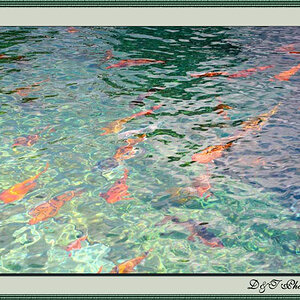

![[No title]](/data/xfmg/thumbnail/41/41779-303c41fcb3e37507cbe986d76dbfcf85.jpg?1619739890)
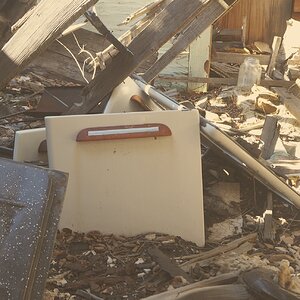
![[No title]](/data/xfmg/thumbnail/34/34142-948c6bafdf60862125009004d5a06e46.jpg?1619736315)
![[No title]](/data/xfmg/thumbnail/31/31509-b8abaec96e6e375688e269bc89f47652.jpg?1619734858)
